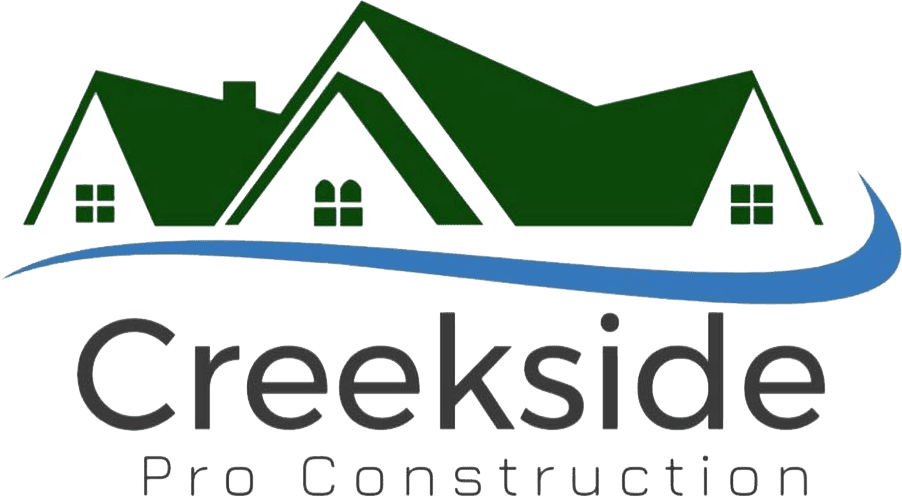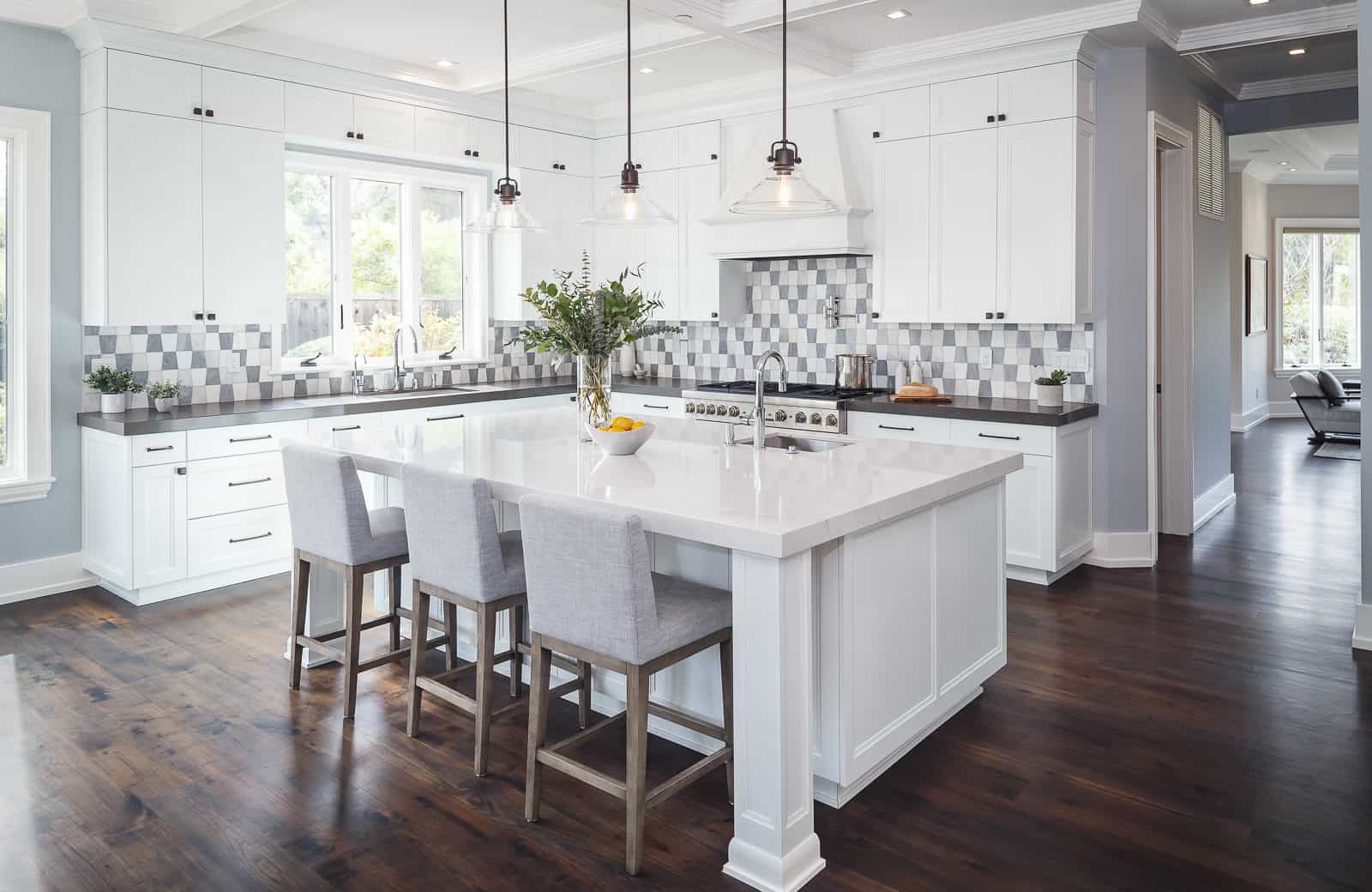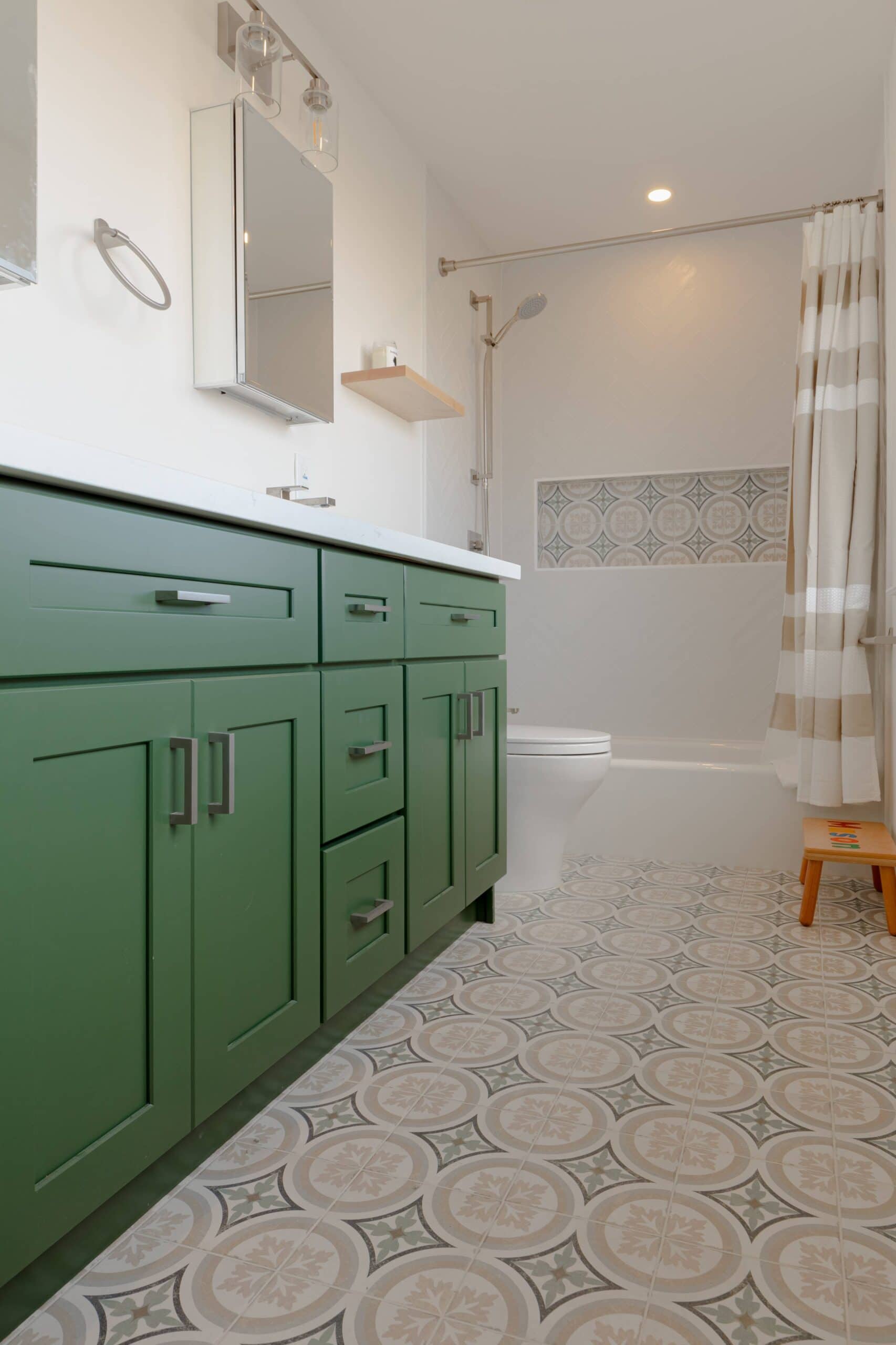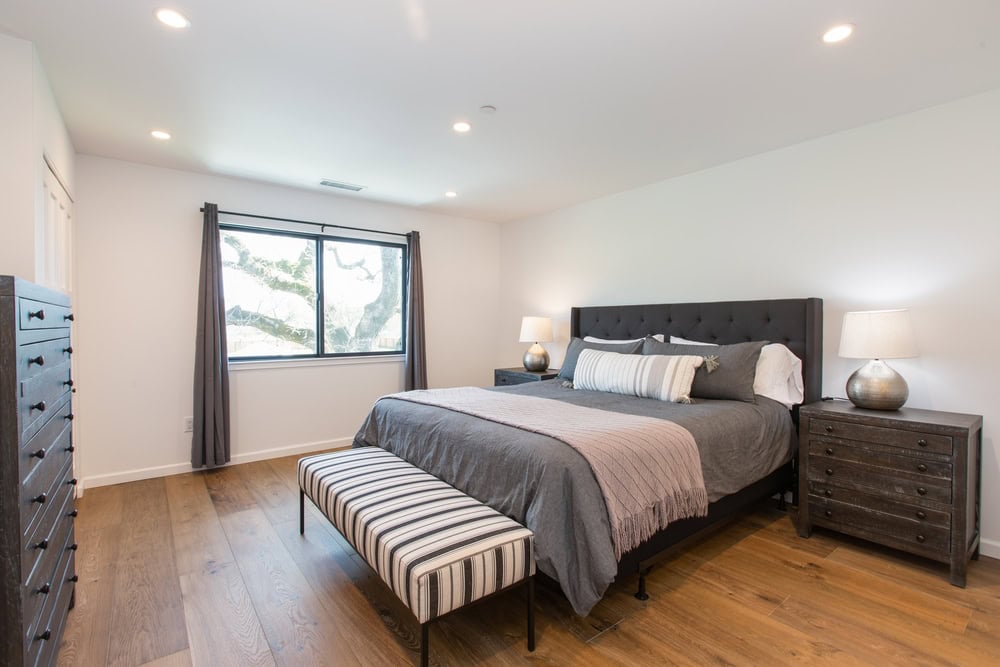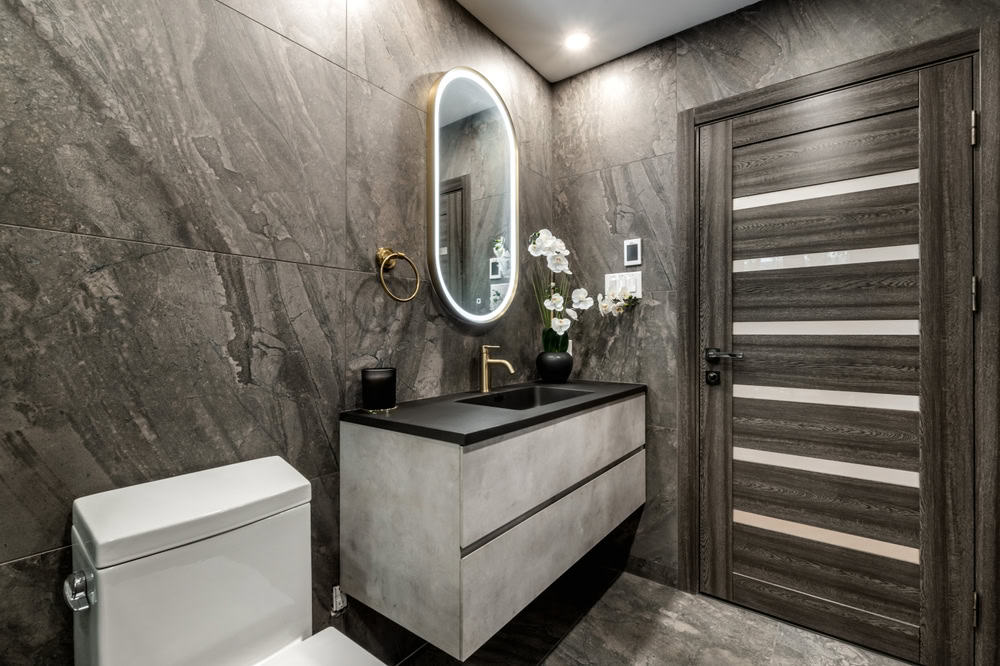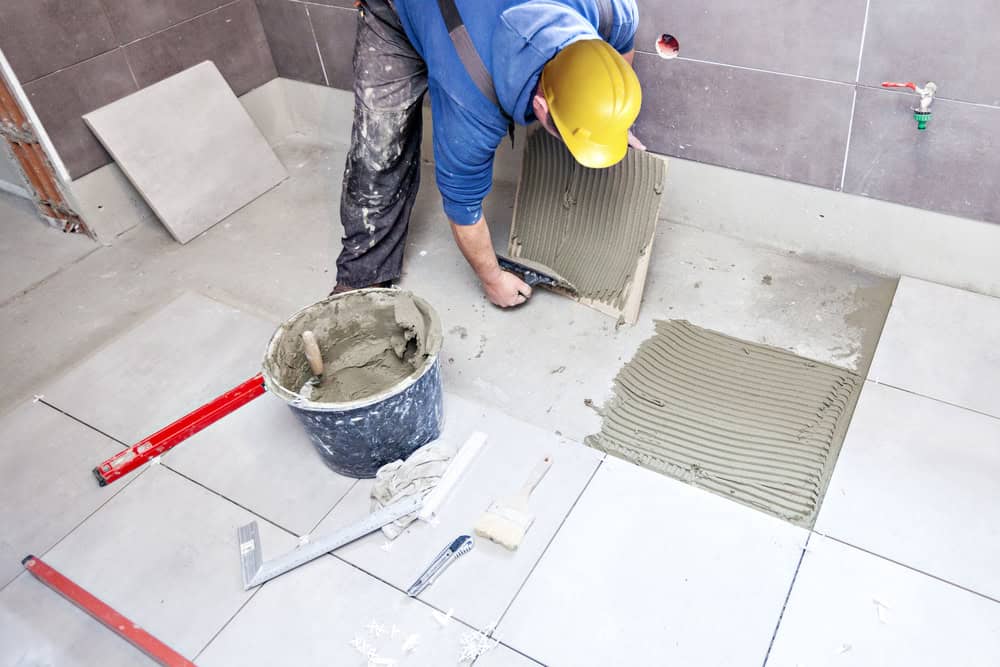So, you’ve decided to transform your place. It’s a great decision – given that home improvement projects hold the power to increase your home’s value – both aesthetic and financial. But home improvement projects can run quite costly. Remodeling a kitchen alone can cost anywhere between $10,000 and $50,000! Even small projects like building a deck requires anywhere between $4,160 and $11,876.
These prices also vary based on material costs. So, you never know to what level the price might inflate in the next few months.
A staggering 58% of Americans use their savings to cover home improvement costs. Compared to this, only 11% of them use loans to finance home improvement projects. The reason why so few Americans opt for loan financing is that they are unaware of the processes involved in applying for loans and the number of financing options available.
Lucky for you, we are here to discuss a few good financing options available to you:
Option 1: Mosaic Loans
The first option you have is to apply for Mosaic loans – especially if you’re upgrading your home to become more energy efficient. You can read the process for Mosaic down here:
How to Apply for Mosaic Loans?
- In order to access a MOSAIC Loan, you would need to check it with your local municipality. MOSAIC programs are administered by cities, counties, and states to promote clean energy and economic development.
- Reach out to a professional home improvement company like Creekside Pro Construction. We will help you develop a blueprint for a green and sustainable project to get approved for Mosaic loans for home improvement in CA.
Mosaic Loans Ideal For
- Home improvement projects before a property sale – With a Mosaic loan, you don’t have to worry about transferring the loan if you move.
- Mosaic Loans for home improvement in CA are ideal for financing larger renovations like new heating and cooling systems, windows, solar panels, insulation, and water efficiency upgrades.
- People who want to reduce their energy bills because of inefficient systems.
- People who want to spread out their repayment schedule or lower their monthly repayment amount since MOSAIC loans typically offer 10–20-year terms.
Option 2: Unsecured Loans
If your home improvement project isn’t related to sustainability, you could always apply for unsecured or collateral-free loans. Many of these unsecured loans for home improvement in CA have low interest rates and an easy application process.
Options to Apply for Unsecured Loans
We have laid out some options that you have for unsecured loans for home improvement in CA:
Personal Loans
A personal loan is a loan that needs no security or collateral and can be easily retrieved with minimum documentation. Personal loans usually have a return period from a minimum of five years to a maximum of 7 years.
The best part is that you will be charged with interest according to your credit score and history. If you have secured a good credit score, you can get a personal loan at a minimal interest rate.
Home Equity Lines of Credit (HELOCs)
A HELOC allows you to withdraw money until the draw period ends and the repayment period starts. But beware – if you can’t repay, your property will be seized.
Credit Cards
Credit cards can provide short-term financing for materials and supplies. However, credit cards are best used for small remodeling projects because they come with the highest interest rates. So, you need to make payments as soon as possible to avoid the high fees.
Final Words
There are a lot of options for loans for home improvement in CA. We have listed some of the options available to you. You can also read here to find out more about these loan options.
But whether you finance your home improvement project through your savings or by taking out a loan, make sure you select the option that is best suited for your project type and your ability to repay.
Other than that, make sure to select Creekside Pro Construction for your home improvement projects as they can help you keep within budget so you don’t have to take out loans due to unexpectedly increased project costs.
